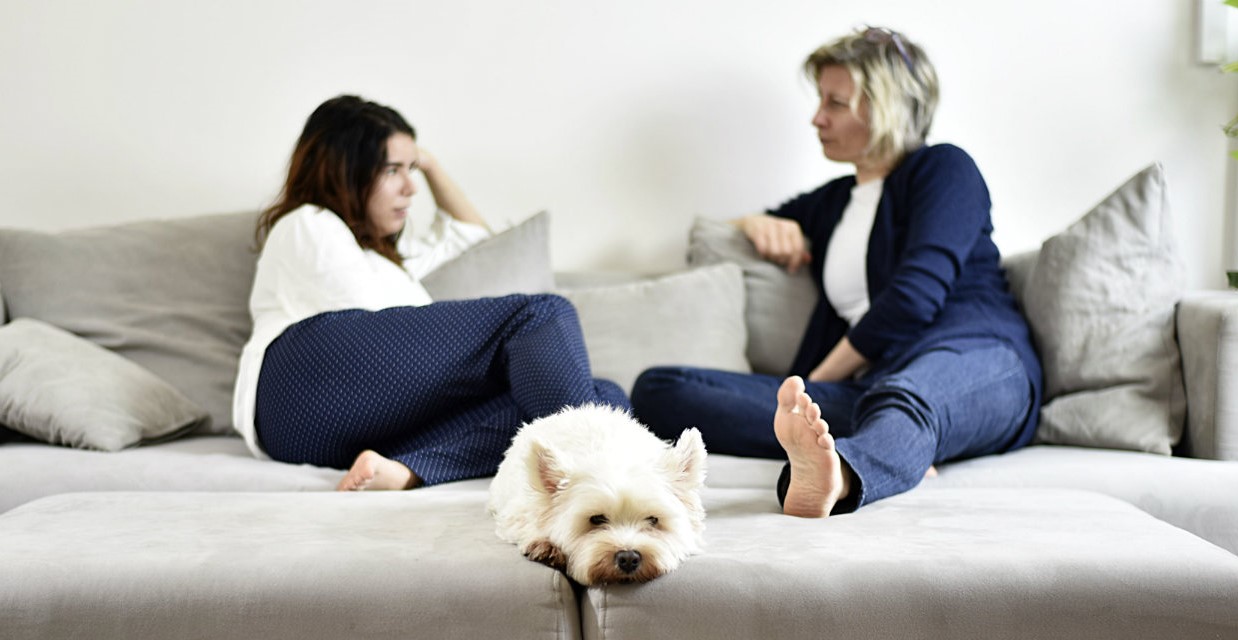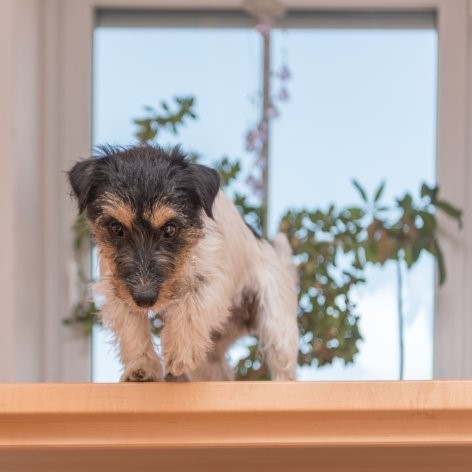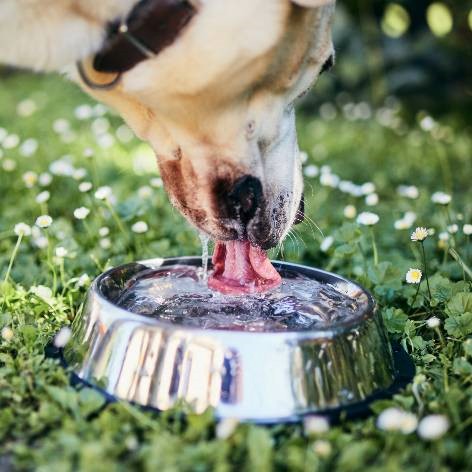The breakdown of a relationship is never easy, especially when there are children or pets involved. Just like us, our pets can find these situations difficult and stressful.
Custody agreements are typically put in place for the children but what about the custody of pets in separations?
How do breakups affect pets?
When a couple separate, there are a number of changes to the pet’s routine. These often include not seeing one or more of their family members as much, moving house and an increase in stress and tension in the home. These changes can trigger anxiety, especially separation anxiety, in pets.
Making the time to regularly spend some quality time with your pet (e.g. watching tv together, playing with your pet’s favourite toys, going for a walk, or doing a treat-training session) can help them cope with the transition. Implementing a consistent routine when it comes to a shared pet custody agreement and visitations can also help your pet adjust to these changes.
Who should be the primary carer?
The decision of who should be the primary carer in a pet joint custody agreement is not always an easy one, especially when both parties share a strong bond with the pet, but it should always be made with the best interest of the pet in mind.
To minimise stress and anxiety, the pet’s routine should be kept as similar to the previous routine as possible.
If one of the owners works long hours and travel frequently, then it’s kinder on the pet to live with the owner who is home more often.
Another consideration when it comes to who should be the primary carer is the home environment. Ideally, the primary carer’s home is best suited to the pet in terms of size and layout. For example, a Border Collie would be better off with the owner who has a backyard rather than the partner who lives in an inner-city apartment. Whereas the elderly arthritic dog may be more comfortable in a single-level home rather than the multi-story home with lots of stairs.
Ultimately, the primary carer should be the person who is better placed to care for the physical, psychological and social needs of the pet.
Relationship breakdowns are part of life and, like us, it can take our pets some time to adjust to their new normal. Most pets are able to adapt well to changes in their routine following a separation given time and some extra love and care.








